Bill Nye: The Science Guy - Season 5
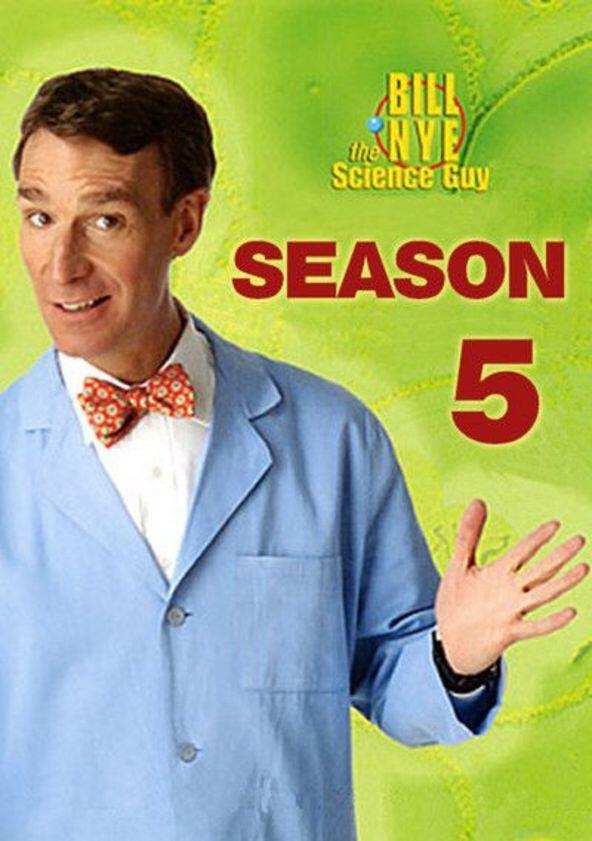
Season 5

Episodes
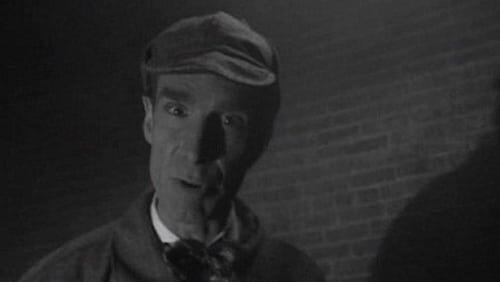
Forensics
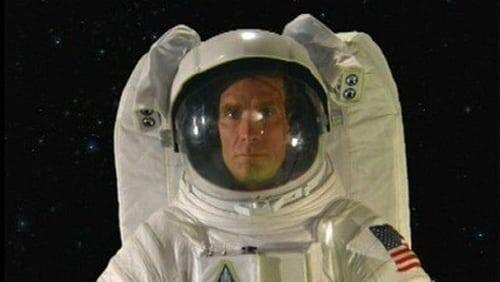
Space Exploration
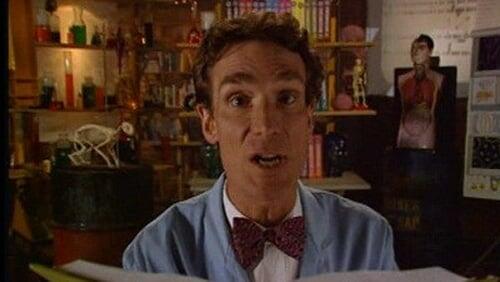
Genes
Chromosomes and DNA; a zoo veterinarian who uses gene technology to save endangered animals.
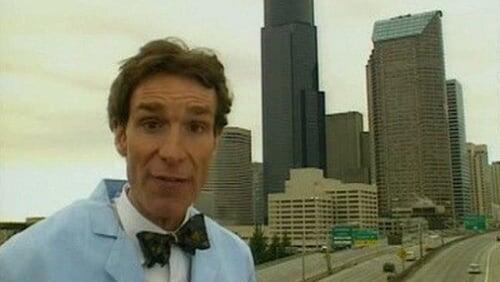
Architecture
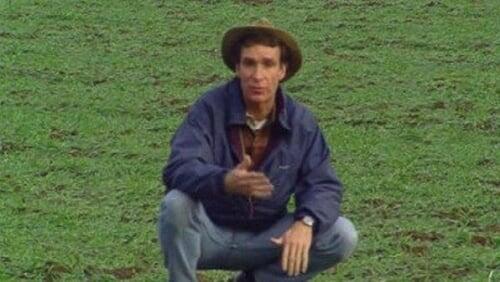
Farming
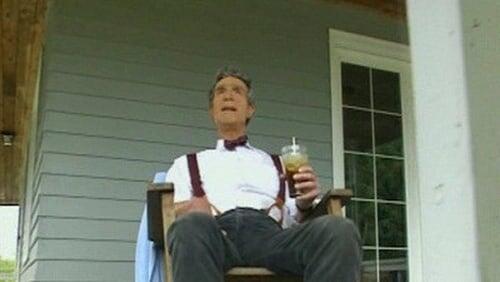
Life Cycles
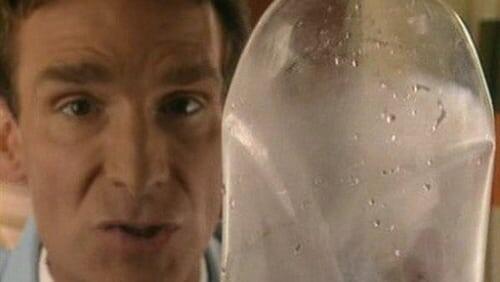
Do-It-Yourself Science
Scientific experiments at home.
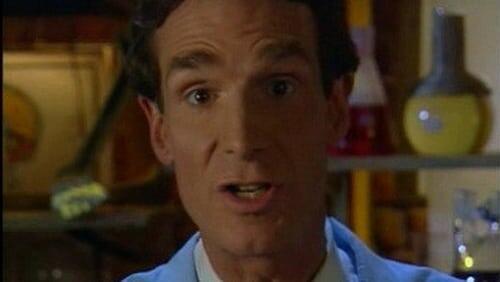
Atoms
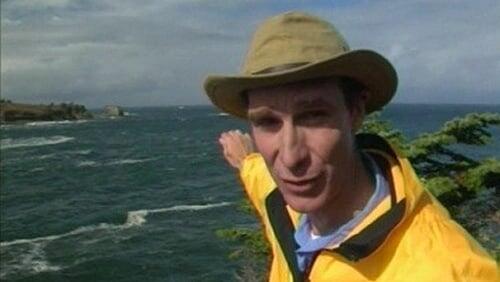
Ocean Exploration
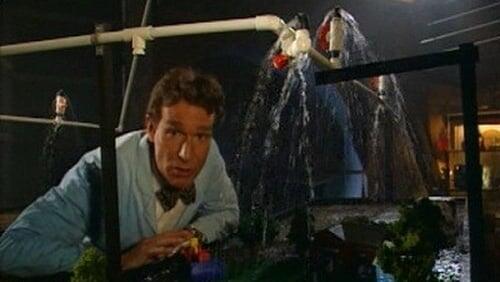
Lakes & Ponds
Lakes and ponds are self-contained habitats.
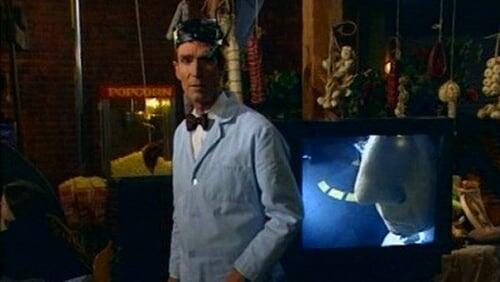
Smell

Caves
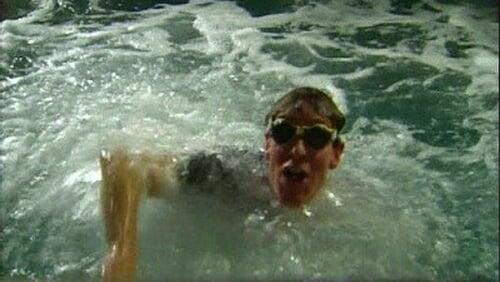
Fluids

Erosion
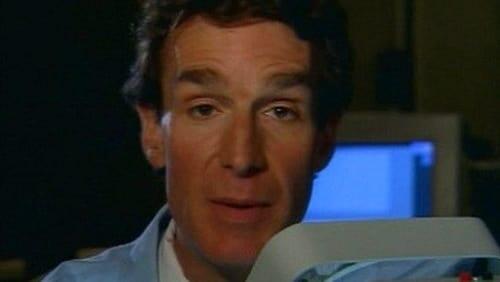
Comets & Meteors
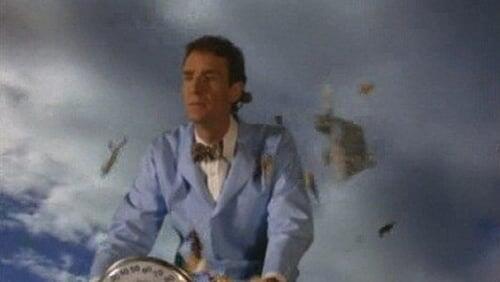
Storms
Heading into the middle of severe storms, from the eye of a hurricane to the heart of a blizzard.
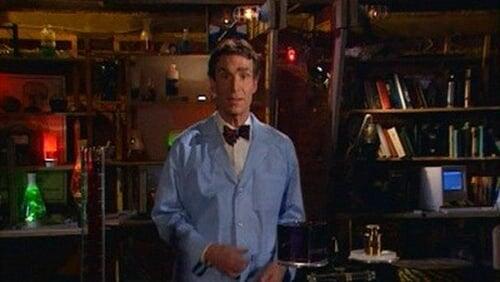
Measurement
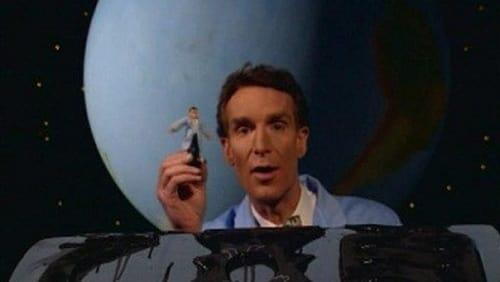
Patterns
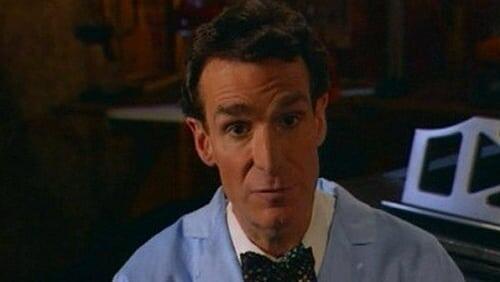
Science of Music
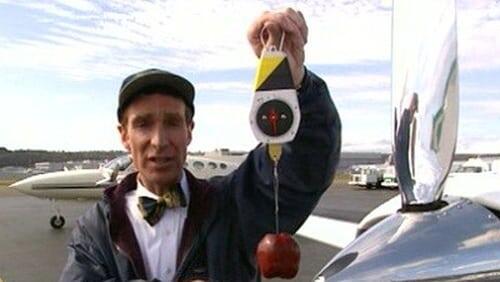
Motion
An object at rest or in motion will remain that way without outside interference.
Recently Updated Shows

The Rookie
The Rookie is inspired by a true story. John Nolan is the oldest rookie in the LAPD. At an age where most are at the peak of their career, Nolan cast aside his comfortable, small town life and moved to L.A. to pursue his dream of being a cop. Now, surrounded by rookies twenty years his junior, Nolan must navigate the dangerous, humorous and unpredictable world of a "young" cop, determined to make his second shot at life count.

MobLand
With the most powerful clients in Europe, MobLand will see family fortunes and reputations at risk, odd alliances unfold, and betrayal around every corner; and while the family might be London's most elite fixers today, the nature of their business means there is no guarantee what's in store tomorrow.
MobLand follows two generations of gangsters, the businesses they run, the complex relationships they weave and the man they call upon to fix their problem.

Daredevil: Born Again
Matt Murdock finds himself on a collision course with Wilson Fisk when their past identities begin to emerge.

The Studio
As movies struggle to stay alive and relevant, Matt and his core team of infighting executives battle their own insecurities as they wrangle narcissistic artists and craven corporate overlords in the ever-elusive pursuit of making great films. With their power suits masking their never-ending sense of panic, every party, set visit, casting decision, marketing meeting, and award show presents them with an opportunity for glittering success or career-ending catastrophe. As someone who eats, sleeps, and breathes movies, it's the job Matt's been pursuing his whole life, and it may very well destroy him.
